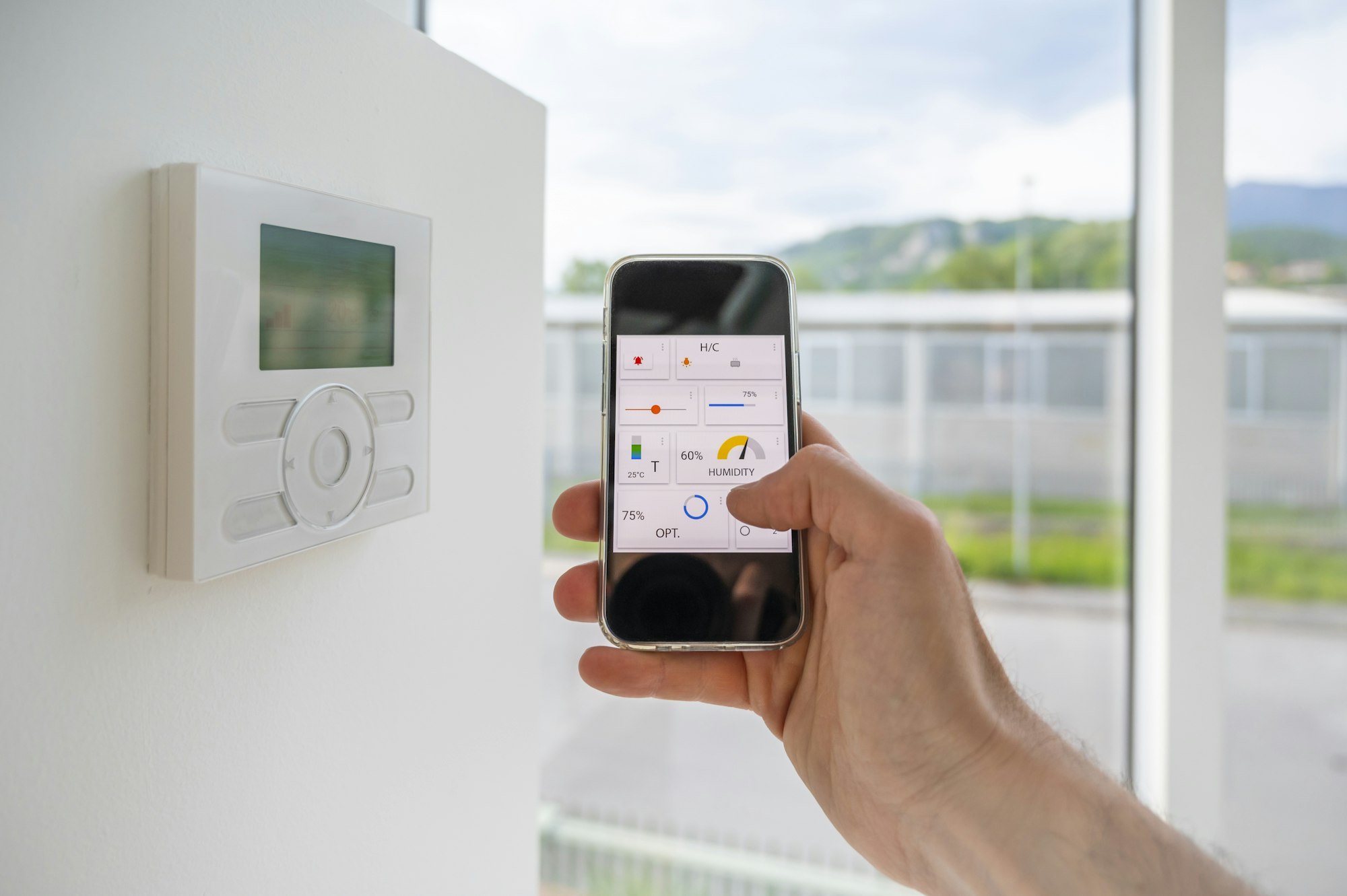Interactive entertainment has undergone a massive transformation over the past decade, largely driven by advancements in Virtual Reality (VR) and Augmented Reality (AR). These two technologies offer unique experiences that have captivated users worldwide. But which one will dominate the future of interactive entertainment? In this article, we’ll explore the strengths and potential of both VR and AR, examining their applications, benefits, and challenges.
1. Understanding VR and AR
1.1 What is Virtual Reality (VR)?
Virtual Reality immerses users in a fully digital environment, often with the help of VR headsets like the Oculus Rift, HTC Vive, or PlayStation VR. These devices transport users to entirely new worlds, providing a sensory-rich experience that feels incredibly real.
1.2 What is Augmented Reality (AR)?
Augmented Reality overlays digital information onto the real world, enhancing the user’s perception of their environment. Popular AR devices include smartphones, tablets, and AR glasses like Microsoft HoloLens and Google Glass. Unlike VR, AR maintains a connection with the physical world while adding interactive elements.
2. Applications and Benefits
2.1 Applications of VR
2.1.1 Gaming and Entertainment
VR is revolutionizing gaming by offering immersive experiences that traditional consoles can’t match. Titles like “Beat Saber” and “Half-Life: Alyx” showcase the potential of VR in creating captivating and interactive gameplay.
2.1.2 Education and Training
VR is an invaluable tool for education and training. It provides realistic simulations for medical students, pilots, and military personnel, enabling them to practice in a safe and controlled environment.
2.2 Applications of AR
2.2.1 Enhanced Reality Gaming
AR games like “Pokémon Go” and “Harry Potter: Wizards Unite” have demonstrated the technology’s ability to blend virtual and real-world elements, creating engaging and social gaming experiences.
2.2.2 Practical Uses in Everyday Life
AR has practical applications in navigation, shopping, and design. Apps like Google Maps AR help users find their way with overlaid directions, while furniture retailers like IKEA use AR to let customers visualize products in their homes.
3. The Immersion Factor
3.1 VR’s Full Immersion
VR offers unparalleled immersion by blocking out the real world and fully engaging the user’s senses. This complete sensory engagement is ideal for experiences that require deep focus and escapism, such as gaming and virtual travel.
3.2 AR’s Blended Reality
AR’s strength lies in its ability to enhance the real world without removing users from their environment. This makes AR more practical for everyday use, allowing for seamless integration of digital information with real-world tasks.
4. Challenges and Limitations
4.1 VR Challenges
4.1.1 Cost and Accessibility
High-quality VR equipment can be expensive, which limits accessibility for many users. Additionally, VR often requires a dedicated space and powerful hardware to run effectively.
4.1.2 Physical Discomfort
Some users experience motion sickness or discomfort when using VR for extended periods. This can be a significant barrier to widespread adoption.
4.2 AR Challenges
4.2.1 Privacy Concerns
AR devices, particularly smart glasses, raise privacy concerns as they can record and overlay information without others’ knowledge. This has led to hesitation in adoption, especially in public spaces.
4.2.2 Technological Limitations
Current AR technology is still developing, with issues related to battery life, display quality, and field of view. These limitations hinder the full potential of AR applications.
5. The Future of VR and AR
5.1 Technological Advancements
Both VR and AR are rapidly evolving. Advances in hardware, such as lighter and more comfortable headsets, and software improvements will make these technologies more accessible and enjoyable. The integration of AI and improved motion tracking will further enhance user experiences.
5.2 Convergence of Technologies
The future may see a convergence of VR and AR, creating mixed reality experiences that combine the best of both worlds. Devices like the Magic Leap One are already exploring this hybrid approach, providing both immersive and augmented experiences.
5.3 Industry Adoption
Industries beyond entertainment are adopting VR and AR for various applications, including healthcare, real estate, and retail. This broader acceptance will drive innovation and lower costs, making these technologies more mainstream.
Conclusion
While both Virtual Reality and Augmented Reality have distinct advantages and applications, it’s challenging to declare a definitive winner. VR offers unmatched immersion, making it ideal for gaming and specialized training, while AR’s ability to enhance the real world holds vast potential for everyday use and practical applications. The future of interactive entertainment will likely see a blend of both technologies, each carving out its niche and complementing the other. Embrace the possibilities of VR and AR, and get ready for an exciting future where the line between the digital and physical worlds continues to blur.








